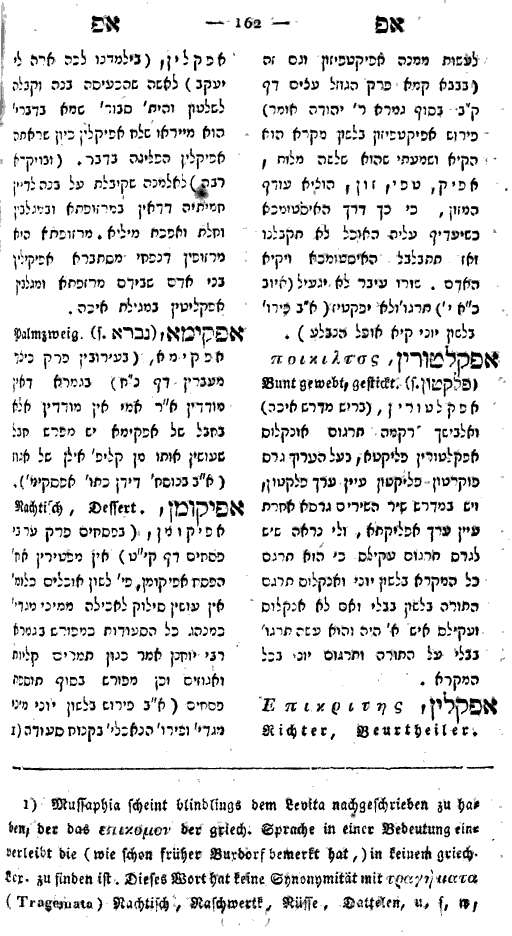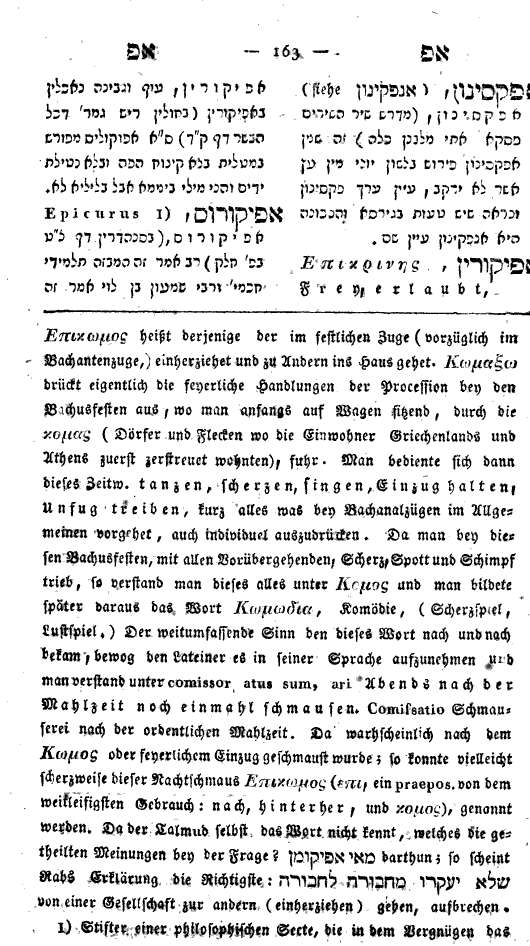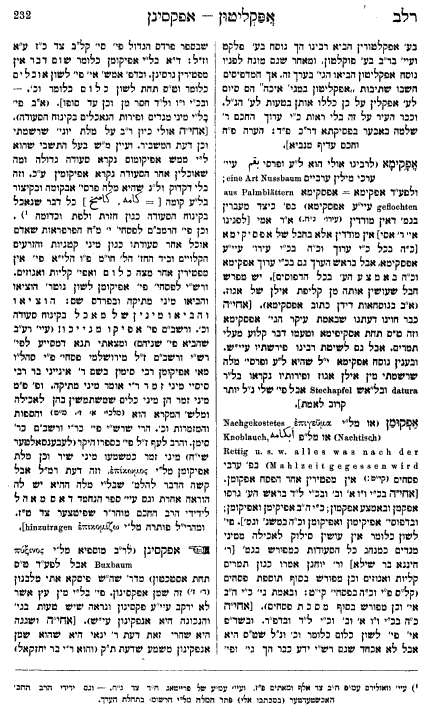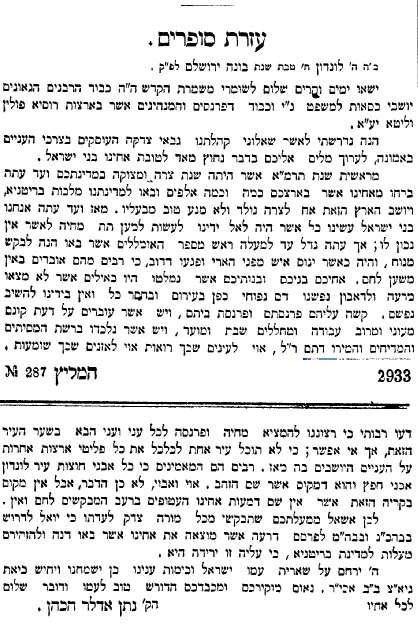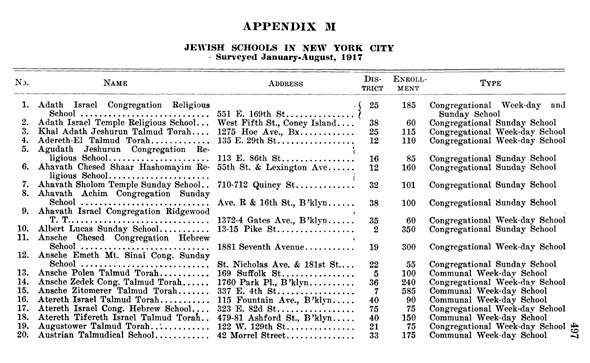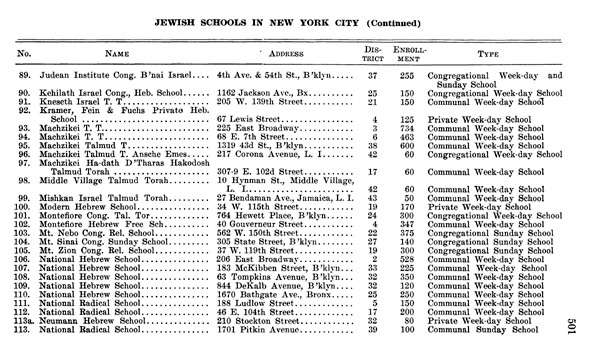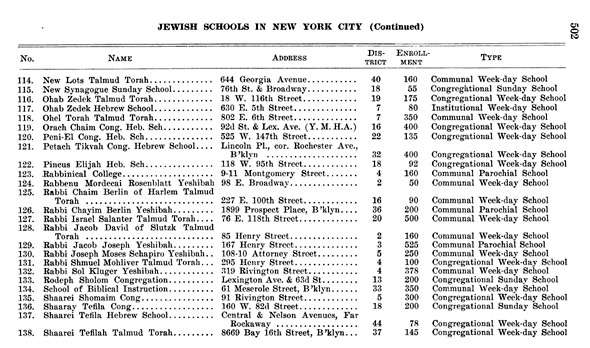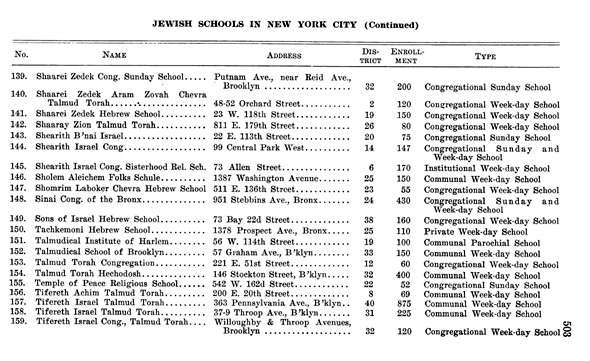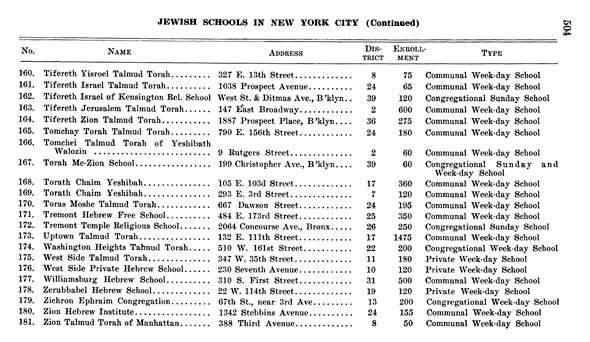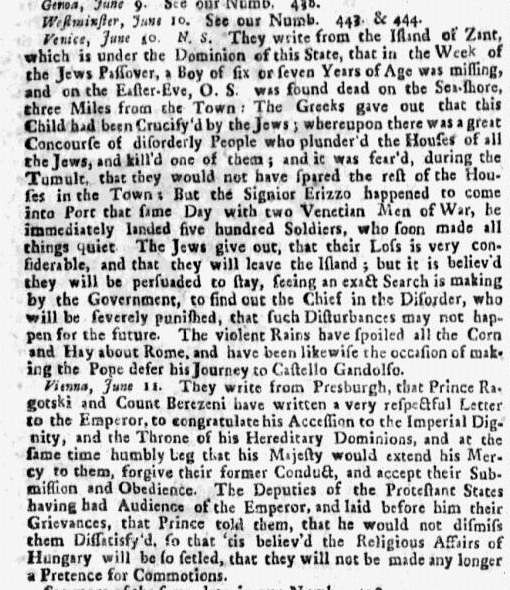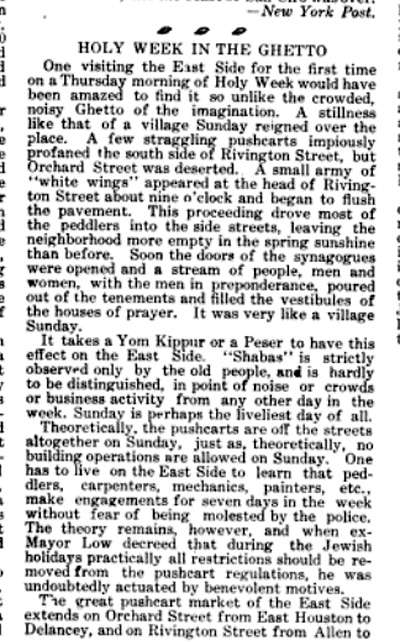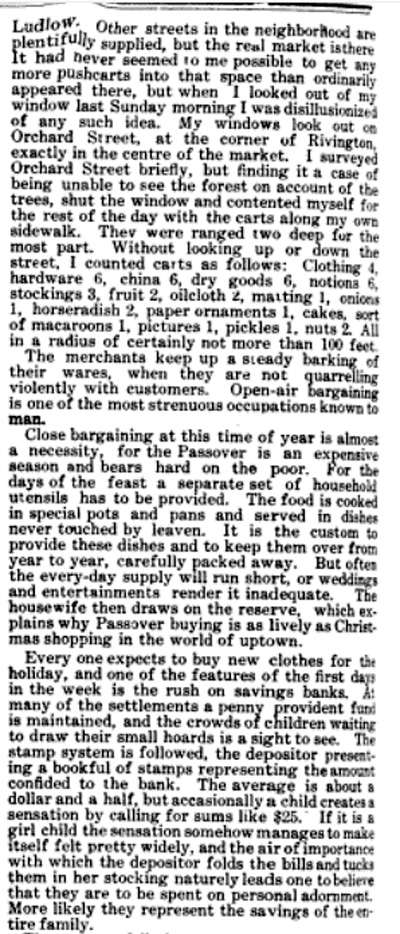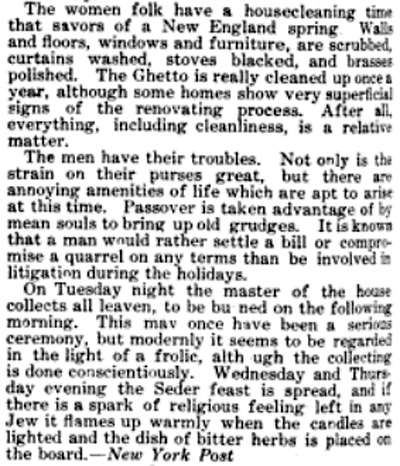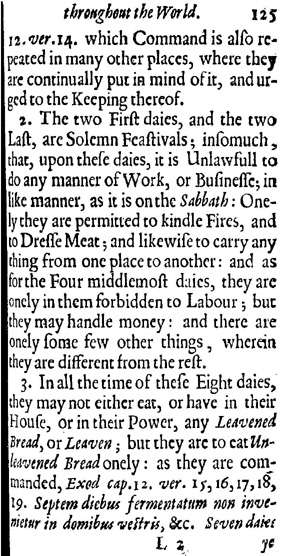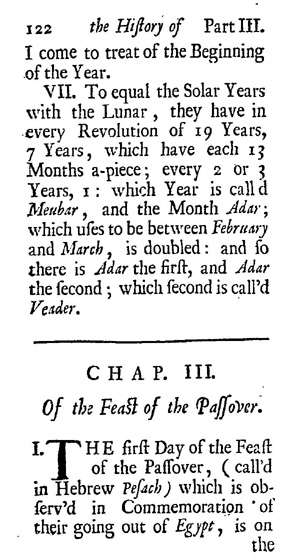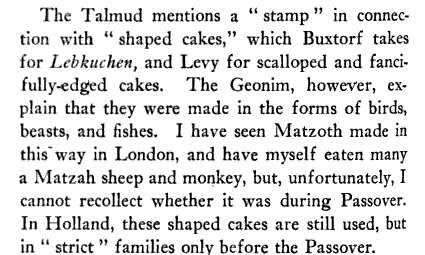Hirsch:

Reinman:

Reinman:
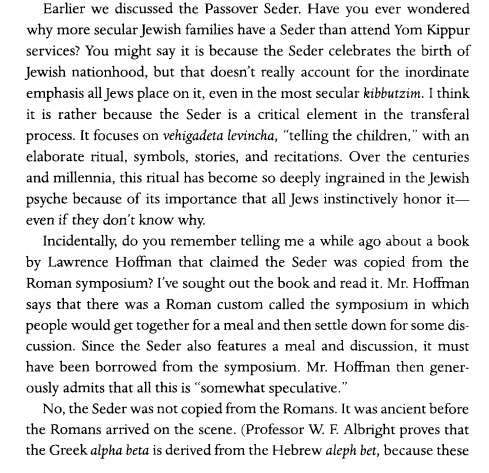

It should not be surprising that the awareness of many similarities between the forms of the Passover seder and the Symposium seder can be found in Christian literature for centuries. After all, the seder plays an important role in the New Testament and the classical literature where it's form is described was on the reading lists of those scholars. Note: similarity means . . . similarity. Naturally the question is not as simple and simple-minded as either Hirsch or Reinman presents it. But I'm more interested in the afikomen (see Balashon).
I can't resist an aside regarding Reinman's distortion (or misunderstanding) of Albright. Although I don't know exactly where in Albright's writings he refers, given that the book can't be bothered with providing sources, let's assume that at least this position is articulated in his most famous, most popular book From the Stone Age to Christianity - Monotheism and the Historical Process, which you can already tell from the title that he probably doesn't support Reinman's positions. In this book, the alphabet to which he refers is called "the North-Semitic (Phoenician) alphabet, and in other cases "Canaanite". He writes that the Phoenician script is descended from the "proto-Cananite," and "That this alphabet was known to nomads as well as to sedentary Canaanites is certain from the proto-Sinaitic inscriptions, dating from between 1800 and 1600 B.C." It's not as if he doesn't know how to write the word "Israelite" (or "pre-Mosaic Hebrews," as in "the pre-Mosaic Hebrews had also been accustomed accustomed to thinking of their chief god, the storm-god Shaddai, as standing on a bull, and the pre-Israelite Hebrews of central Palestine almost certainly shared ideas of this kind with their Canaanite neighbors, who portrayed Baal in the same way.")
In short, Albright is not the source of the centuries-old observation that "alpha beta gamma" are not Greek words, but they are Semitic words. It is also known from the Greeks themselves that their alphabet comes from the Phoenician; a mythical Phoenician (ie, Northern Canaanite) named Kadmus is supposed to have delivered them their alphabet. However, see below for a source which is נאמן יותר ממאה עדים:
In Rabbi Elijah Levita (Bachur)'s Tishby we find the following entry for afikomen, where we see that he is surprised that the obvious Greekness of the word eluded earlier scholars in favor of a far-fetched notaryekon:
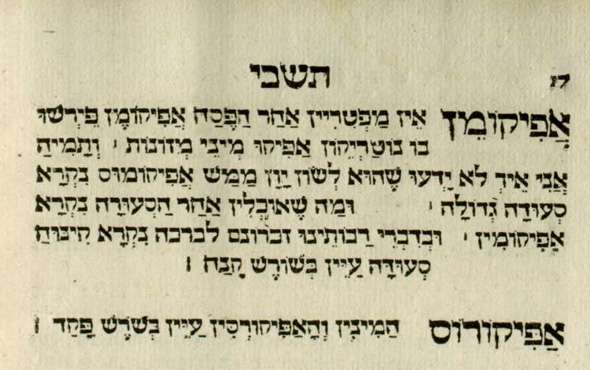
In case anyone is wondering how reliable Levita is, in the Peri Megadim's opinion התשבי נאמן יותר ממאה עדים:
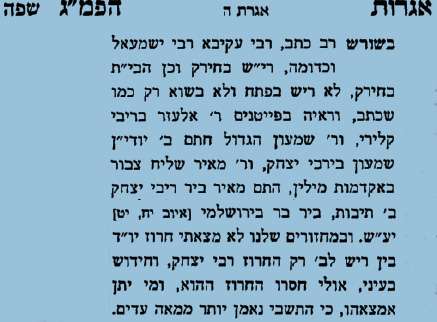
Below is a very interesting passage in Isaac Baer Levinsohn's Efes Damim (1837) in which he refutes the blood accusation against the Jews. The book takes the form of a dialog between a rabbi (Abraham ibn Maymun) and a Greek Orthodox patriarch (Simeias) in Jerusalem. Here is an extensive passage in the original Hebrew and in Louis Loewe's English translation of 1841 (the English translation was commissioned by Sir Moses Montefiore on the occasion of the 1840 Damascus Blood Libel):

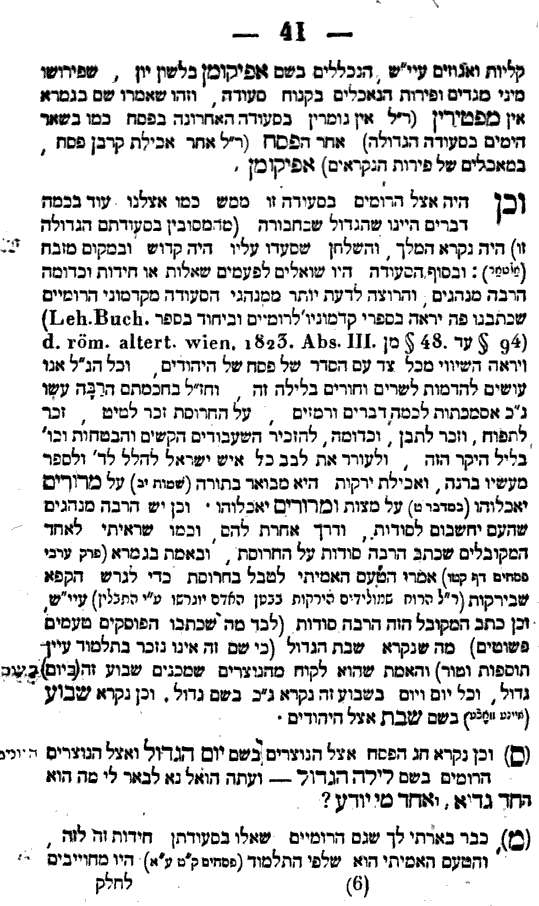
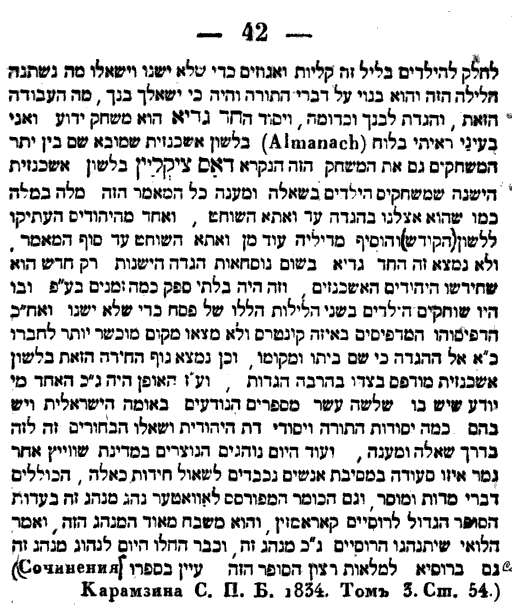
Efes Dammim in English 1841:

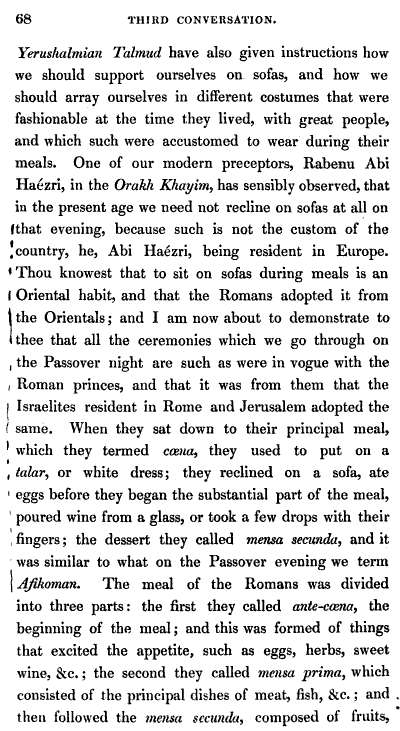
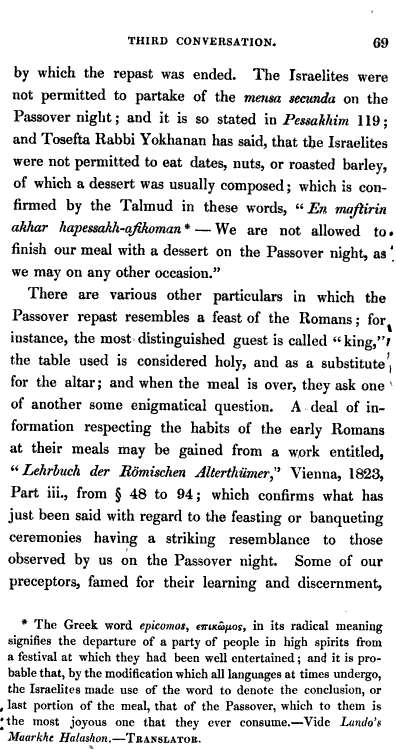

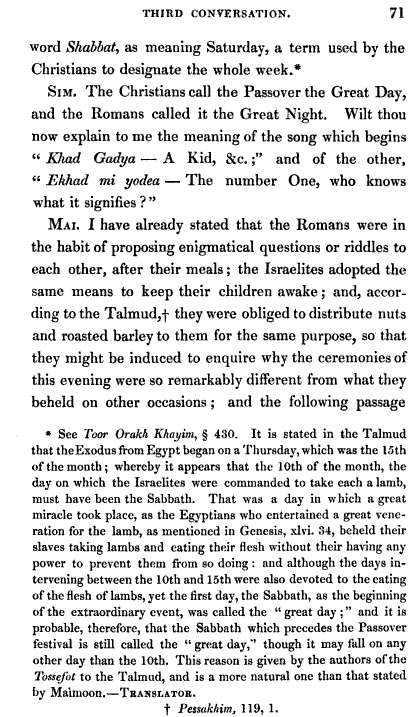
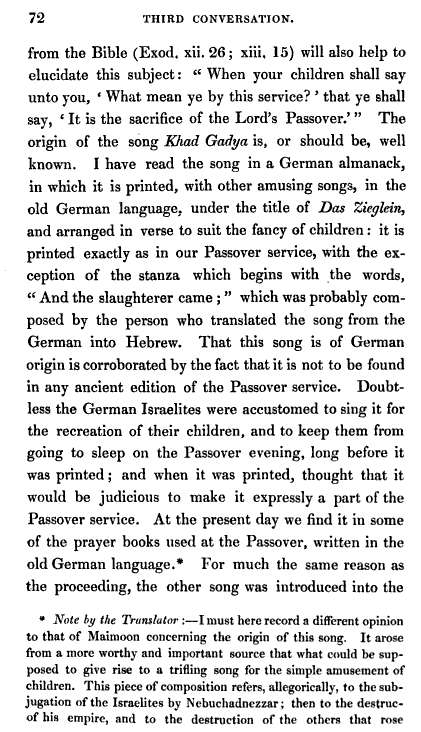
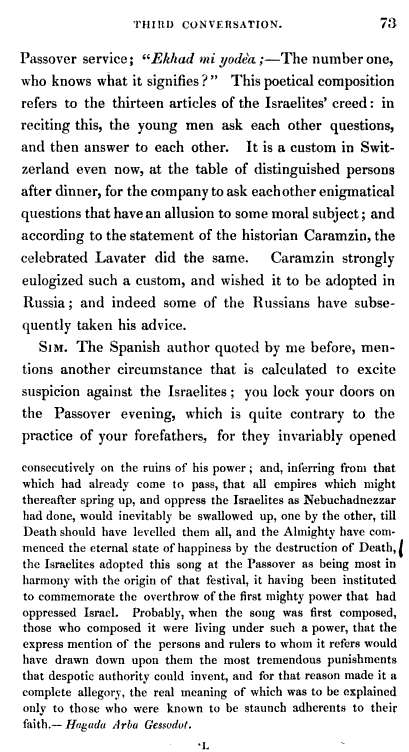
For completion, below is the 1819 entry for afikomen in Landau's edition of the Arukh which Loewe refers to in a footnote (he calls him "Lando"), followed by Alexander Kohut in the Arukh Hashalem, where he is sure that it is a Persian word:
